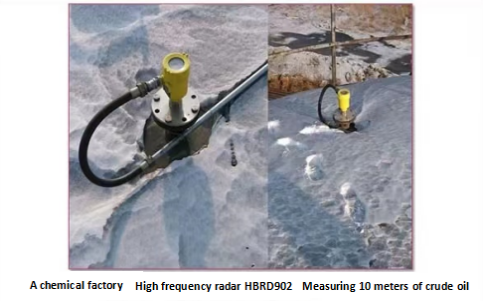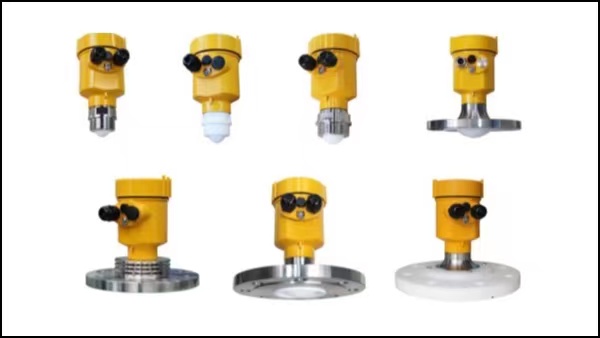BETTER TOUCH BETTER BUSINESS
Contact Sales at KAIDI.
In petrochemical, smelting, sewage treatment and other industries, liquid level measurement has become an important parameter. In order to better record this parameter, many companies have used or plan to use radar level gauges for liquid level measurement.

When selecting a radar level gauge, the salesperson will ask what medium is being measured and what characteristics the medium has. Today, let’s start from the petrochemical industry and talk about the medium and its characteristics.
In the petrochemical industry, the measured medium basically includes three types, namely heavy oil, light oil and hydrocarbon liquid. When selecting the type, pay attention to the following characteristics of this type of media:

First, the corrosiveness of the medium. If the medium itself is very corrosive, it is best to choose a radar level gauge with a sealed horn or an inner cone rod antenna. The radar level gauges of these two antennas have strong corrosion resistance.
Second, the viscosity of the medium. In actual working conditions, when many companies measure the liquid level meter, there is a situation of cut-off or burying. The reason for this situation may be that the medium is too viscous. Therefore, for viscous media, it is best to use a non-contact radar level gauge, which can avoid the above situation and reduce the difficulty of subsequent maintenance.
Third, the volatility of the medium. The volatilization of the medium is not terrible, the terrible thing is the complicated working environment. If the radar level gauge is in an environment where the temperature changes, crystallization is likely to occur on the antenna, which will affect the measurement. Therefore, for volatile media, you must understand the specific working conditions, such as temperature and pressure.
Fourth, the conductivity of the medium. The better the electrical conductivity, the stronger the radar wave echo signal. Therefore, for media with strong conductivity, radar level gauges can be used, and for media with weak conductivity to a certain level, other level gauges should be considered.
Fifth, the dielectric constant of the medium. Electrical conductivity has a certain effect on radar waves, and the dielectric constant of the medium also affects the reflection of radar waves. Therefore, when choosing a radar level gauge, be sure to pay attention to the dielectric constant. Under normal circumstances, liquids with low dielectric constant are suitable for use with guided wave radar level gauges. The radar wave emitted by the guided wave radar level gauge propagates through the detection components, with good focusing performance and less scattering. Therefore, the guided wave radar level gauge can be used for liquids with low dielectric constant.

The petroleum industry needs to pay attention to the above characteristics of the medium when choosing radar level gauges, and other industries need to pay attention to the selection of liquid level timing.
We are here to help you! If you close the chatbox, you will automatically receive a response from us via email. Please be sure to leave your contact details so that we can better assist